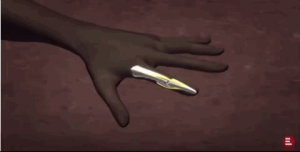
Many tears ago, there was a young man named Donald who liked to break his fingers.
Although this is just a “humble” hobby that doesn’t cost a penny, he still welcomes intimidation from his elders:
Break again, you will get arthritis when you are old!
In one view, some people believe in it, and some people don’t take it seriously. The truth lies in the third type of person, who believes that practice leads to truth.
In the dark, the young Donald seemed to want to prove something. He started a 50-year-old “finger breaking” experiment: breaking his left hand every day.
From 1948 to 1998, Donald, who was already a doctor of medicine, broke his left hand at least 36,500 times.

Why didn’t you break your right hand?
In order to draw conclusions rigorously, the experiment needs to set up a control group.
And 50 years later, there is no difference in the state of his two hands, whether seen by naked eyes or X-ray images, and they are all healthy.
Finger breaking fail to get arthritis, although it is too late to use this conclusion to refute my mother.
However, Donald published a paper on his research experience spanning half a century and won the Nobel Prize in 2009 for it.
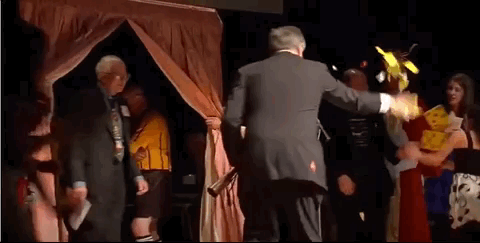
Although this insistence on real knowledge is moving, he only compared his own hands in his experiment, and the thinness of the sample is always unconvincing.
So in 2011, interested parties conducted a retrospective study on the correlation between finger breaking and arthritis.
The study included a total of 135 experimental groups and 80 control groups, and judged by comparing the X-rays of the participants’ fingers over the five years.
The results once again verified the truth of the old man: finger breaking has nothing to do with arthritis.
In addition, the root cause of joint enlargement is osteoproliferation after joint damage. Since breaking the fingers does not damage the joints, it will not cause the joints to become larger.
After the joint is stretched, it is comfortable and can stimulate the local blood circulation of the joint to increase, the synovial fluid can be distributed more evenly, and the joint is more flexible.
There are also many people who are keen to listen to the crisp “click” when they break their joints.
The click of breaking fingers
Where did it come from?
Since the beginning of the twentieth century, people have put forward a variety of possible reasons, including but not limited to articular cartilage collision, ligament stretch and retraction and so on.
Unfortunately, they were excluded. Now the most recognized explanation is:
The clicking sound of breaking joints is caused by the formation and rupture of bubbles in the joint cavity.
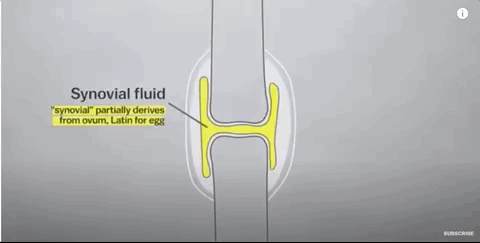
The joints of the human body are not simply glued together, but coexist in the joint cavity. This is a closed negative pressure chamber, generally there are few blood vessels, so it is generally necessary to rely on negative pressure to inhale external nutrients.
The joint cavity is filled with synovial fluid that plays a role of lubrication and cushioning.
In normal times, these synovial fluids work hard to maintain the flexibility and stability of the joints, allowing us to smoothly complete various daily operations such as code, moving bricks, and social shaking.
When the joint stretches the joint, the negative pressure in the joint cavity increases, and the gas dissolved in the synovial fluid is released, forming small bubbles;
When the joint is flexed or pressed, the bubble bursts, and a comfortable “click” sound is emitted.
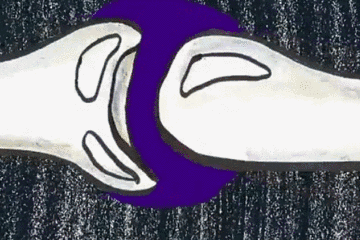
The above “bubble burst explanation” has been proven by scientists using X-rays many times since the beginning of the 20th century, and has been successfully recognized by everyone.
Even a research team designed a mathematical model for it.
The model incorporates factors such as joint geometry, synovial fluid density, kinematic viscosity, surface tension, etc., to simulate the internal state of the joint, and calculate the pressure change of the bubbles generated in it over time;
Comparing the sound pressure waves generated during the bubble formation to bursting with the measured sound waves of finger breaking, once again verified the explanation of “bubble burst”.
So, why can’t the same joint usually snap twice?
It’s because you have to wait for bubbles to form again to make a click.
The air bubbles in the joint cavity need at least fifteen minutes to dissolve in the synovial fluid again, and it takes a certain time for the joints to completely return to their previous positions.
Therefore, the big guys want to be cool, not just to break one finger, but to break each finger in turn.
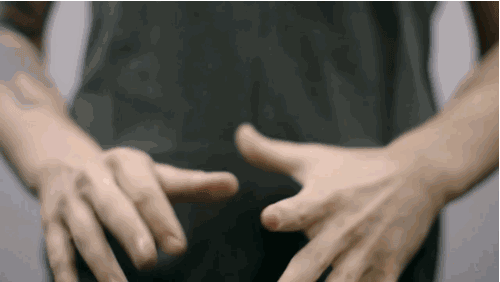
However, a Canadian research team believes that the click sound is not the sound of bubble bursting, but the sound when it is formed.
To this end, they used an MRI scanner to observe the broken joints visually.

When the finger joints are stretched, a black gas cavity is indeed created in the joint cavity. But after hearing a click, the gas cavity still exists.
If the sound is caused by a crack, the cavity should disappear.

However, the conclusion is not accepted by everyone, the researchers also admit that the technology is limited, this cavity may be the residual after the bubble burst.
In the absence of better observation technology, the two parties can only reach a consensus with a tacit understanding:
The clicking sound of breaking joints is related to the formation and rupture of bubbles in the joint cavity.
In addition, some people also have an explanation for being silent:
For people with too large joint cavity, when the joint is stretched, the negative pressure in the joint cavity is not enough, the bubbles cannot form or burst, and the fingers will not sound even if they break…
In this situation, it’s better to… just snap your fingers.
Break your fingers scientifically, please keep restrain
However, breaking the joints is no better than shaking the legs, you can’t break it if you want to do.
The above are all normal “physiological snaps”, and four conditions must be met at the same time when judging:
Occurs only when the joint is suddenly stretched or flexed;
Before the bounce, the joints must have a certain period of rest;
The sound is crisp, single and non-repetitive;
Accompanied by pain or discomfort, often feel relaxed after bounce (of course, sometimes the pain or discomfort may not be obvious ).
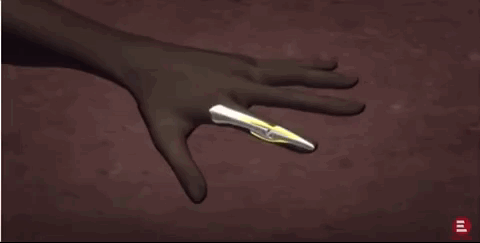
Some large joints that do not often bounce, start to make noises, and there is a high probability that they are “pathological bounces,” which requires attention.
For example, normal people’s knee joints are hard to squeeze out, and people with bad joints make noise when they squat.
Although breaking joints will not cause arthritis, it cannot withstand your frequent and hard breaking.
Just like when we were young, we liked to squeeze bubble wrap, squeezing it once or twice, feeling comfortable and decompressing. However, the more times, the bubble wrap will rot.
If you have broken all ten fingers for a round, you may wish to break the subject’s fingers and enjoy yourself.
If you don’t have a partner, maybe you can work as a part-time masseur.
Comments